Advertisements
World‘s Most Beautiful Beach Cities Where You Can Live for Dirt Cheap
Lifestyles
World's Most Beautiful Beach Cities Where You Can Live for Dirt Cheap
In these cities, your dollar goes far and your quality of life goes farther.The World's Most Beautiful Beach Cities Where You Can Live for Dirt Cheap
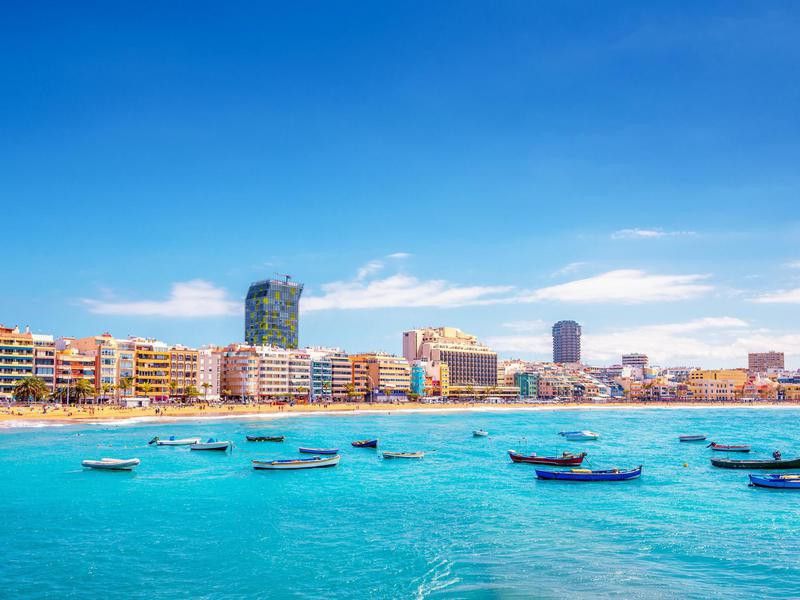 Las Palmas, Gran Canaria, Spain
Las Palmas, Gran Canaria, SpainMore than a few Americans fantasize about picking up their lives and moving to some seaside villa in a country where your rent is less than a car payment. It's a fantasy because while it might be affordable, few people actually end up doing it. There are things to consider other than rent when moving to a far-flung beach town. Stuff like "does anyone speak English?" Or "is the food edible?" Or "is there Wi-Fi?" Miss these answers and your turquoise-watered fantasy turns into an experience so stressful you end up back in America before getting your first sun burn.
But around the world -- and even in the US -- there are beautiful beach cities where you can live your best life for a lot less than you do now. We talked to expats and looked at ballpark cost-of-living estimates from sites like Numbeo and Nomad List to find 14 places where your dollar goes far, and your quality of life goes farther.
Algarve, Portugal
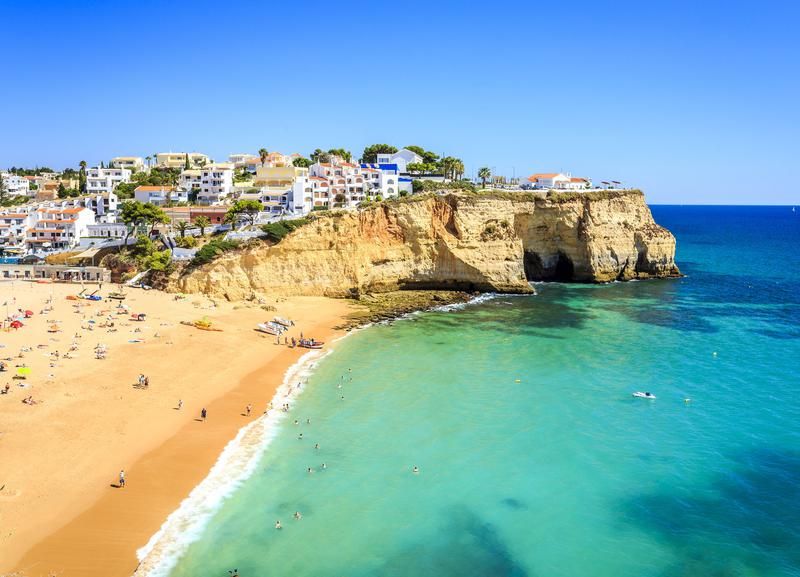
Monthly cost of living: $1,000
It's hard to believe a region with a hundred miles of coastline, quaint cobblestone streets, and more sun than pretty much anywhere else in Europe has a cost of living this low.
Algarve, Portugal

Even better, most of the region is English-speaking, and home to 100,000 expats from all over the world. And the city is cheap. Dirt cheap. A three-bedroom apartment will run you about $600, but if you don't need much space, $325 gets you a one-bedroom right smack in the center of the city.
Algarve, Portugal
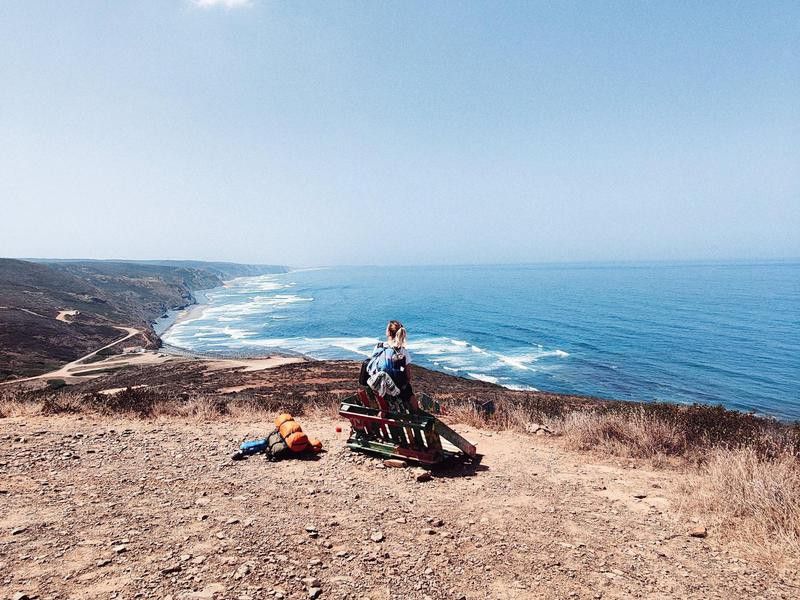
Milk is less than $3 a gallon. Beers are two bucks. Dinner out is under $10. You get the idea.
Algarve, Portugal
 Empty cobblestone streets of old town.
Empty cobblestone streets of old town.And if you get homesick, head to Lisbon and you're about a six-hour flight from the East Coast.
Cartagena, Colombia
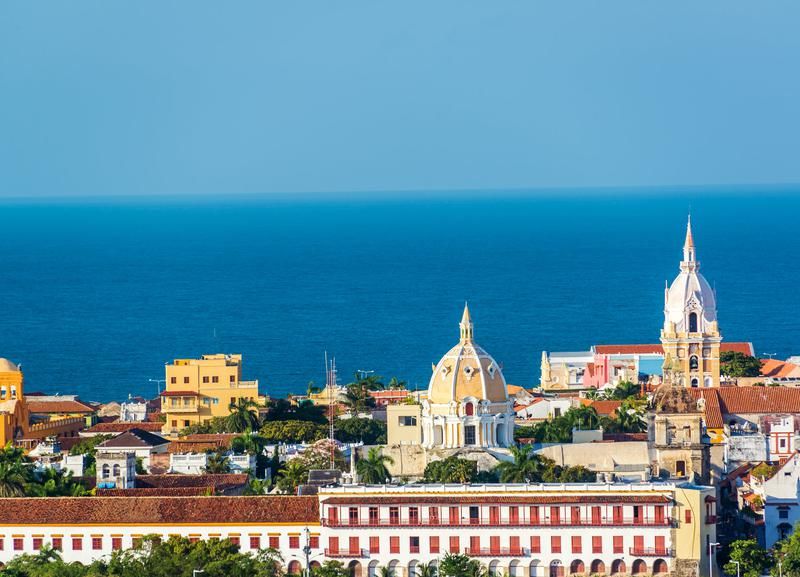
Monthly cost of living: $1,800
Living in Cartagena is sort of like going on a tropical Caribbean vacation every single day of your life. And that goes for partiers, history buffs, and outdoor enthusiasts alike.
Cartagena, Colombia

The snorkeling and scuba diving here is some of the best in the Caribbean, and costs about $30 a trip. The city's historic center is a museum of Spanish Colonial architecture, and a roomy walking path takes you through it all and down to the main harbor.
Cartagena, Colombia

The nightlife is as intense as you'd expect in Colombia, and a night out partying like Drake in South Beach will run you about $100 if you do it right.
Cartagena, Colombia

Party a little TOO hard and fear not; health care in Cartagena is surprisingly good, with large hospitals and comprehensive health insurance for under $50 a month. Cry if you need to.
Hoi An, Vietnam

Monthly cost of living: $550 to $1,100
Bigger Vietnamese cities like Hanoi and Ho Chi Minh get most of the expat love, but neither boasts much of a beach. Hoi An, on the other hand, is not only bordered on one side by spectacular green mountains, it's also a skip and a jump from spectacular stretches of sand you'll have largely to yourself.
Hoi An, Vietnam
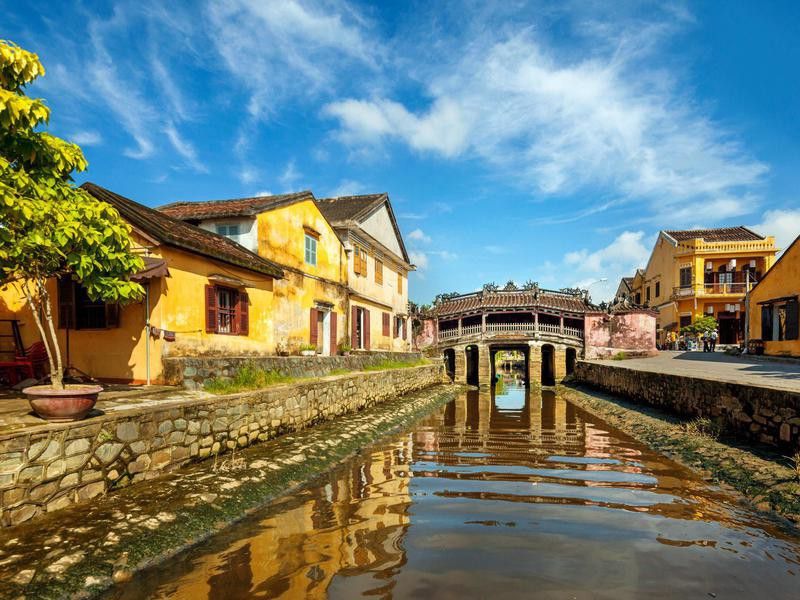
The old city is a UNESCO World Heritage Site, and you can get a house or apartment for as little as $300 a month, $500 for a nice one with everything included.
Hoi An, Vietnam

To fully experience the area your best bet is to rent a motorbike (about $45 a month). In a place this beautiful, you'd be ill-advised not to.
Hoi An, Vietnam
 HOI AN, VIETNAM - January 13, 2017: HOI AN, VIETNAM - January 13, 2017: Bright Lanterns hanging over the walking street, in the ancient of Hoi An. The ancient town, is a popular tourist area. The streets are usually filled with tourists day and night. It's also classed as UNESCO world heritage site.
HOI AN, VIETNAM - January 13, 2017: HOI AN, VIETNAM - January 13, 2017: Bright Lanterns hanging over the walking street, in the ancient of Hoi An. The ancient town, is a popular tourist area. The streets are usually filled with tourists day and night. It's also classed as UNESCO world heritage site.To fully experience the area your best bet is to rent a motorbike (about $45 a month). In a place this beautiful, you'd be ill-advised not to.
Taghazout, Morocco
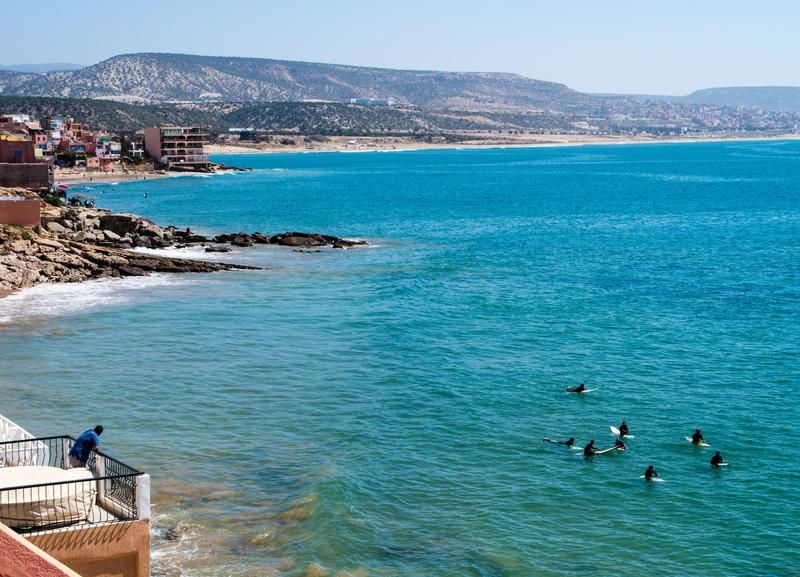
Monthly cost of living: $1,155
Tech startup whiz kid looking to get out of the country before anyone starts asking what your company actually does? Head to Morocco.
Taghazout, Morocco
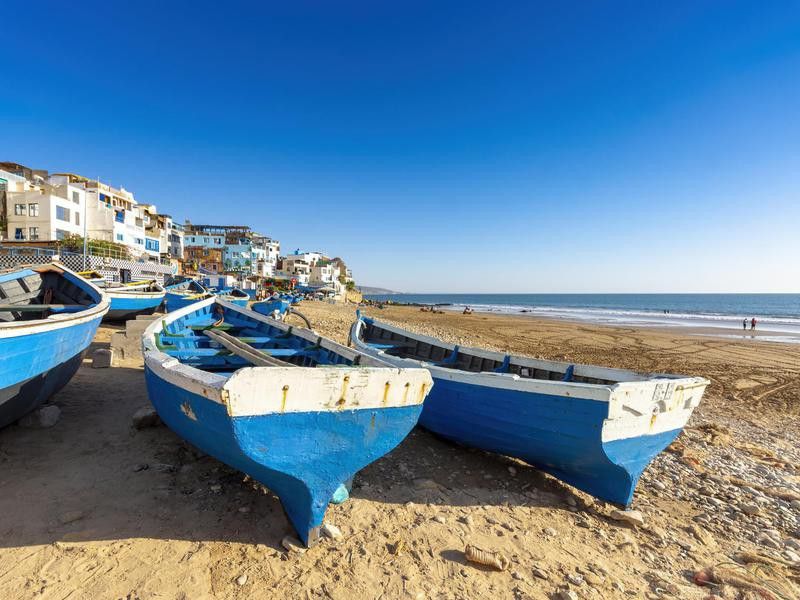
Thanks to its hyper-fast internet connection and proximity to Western Europe, it has become a hot destination for entrepreneurs cutting personal costs to support their tech ventures.
Taghazout, Morocco

Your rent plus a chic co-working space will run about $400/month combined, meaning you won't be stuck looking for a buyout from your beachfront villa all the time.
Taghazout, Morocco

Taghazout has also become one of the great North Atlantic surf towns, where you'll see people carrying surfboards through Middle Eastern bazaars like they might a basket of fruit.
Canggu, Bali

Monthly cost of living: $500 to $900
Five hundred dollars a month seems downright unrealistic to live in one of the best surf towns in the South Pacific, especially one that's drawn flocks of expats and Americans looking to work remotely.
Canggu, Bali

Artists, designers, yoga instructors, startup gurus, and other far-out foreigners call Canggu home, lending the city a youthful, albeit rustic, wellness vibe. Cafes, restaurants, and juice stands line the quaint streets, and parties and events pepper the week.
Canggu, Bali

The place feels a bit like those little surf towns you find on the less populated islands of Hawaii, but at a fraction of the cost.
Canggu, Bali
 Bali - rice fields in Canggu, view from above.
Bali - rice fields in Canggu, view from above.Sure, things like milk, wine, and other imports cost a little more here. But with average rent around $200, you can splurge.
Split, Croatia

Monthly cost of living: $1,400
Though the European coastlines can be comparatively expensive, there are still bargains to be had in Split.
Split, Croatia
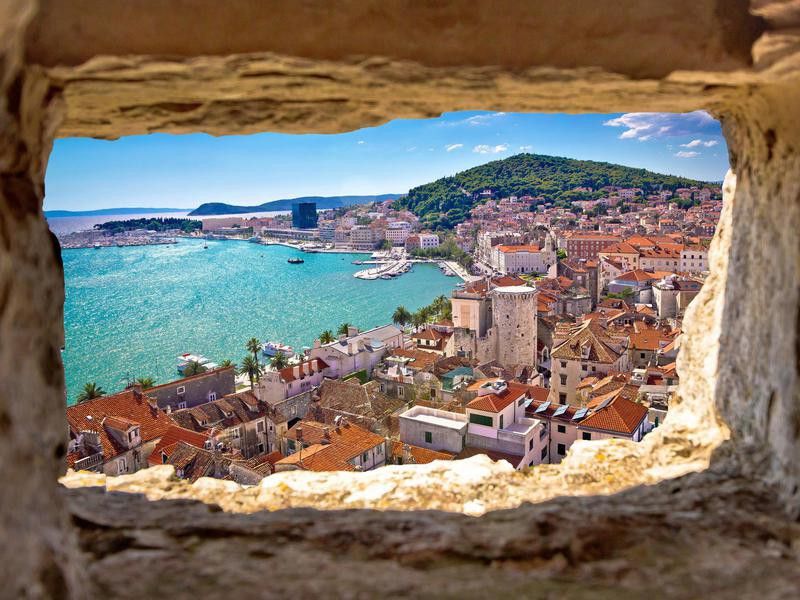
This little town on the Adriatic Sea has beaches that people from all over the world travel days to lie on, yet beers are still under three bucks in most bars and rent in the city center can be had for less than $400.
Split, Croatia

The city is also seasonal, so if you're down to become a full-time resident, you'll have the city to yourself from October to late April.
Split, Croatia
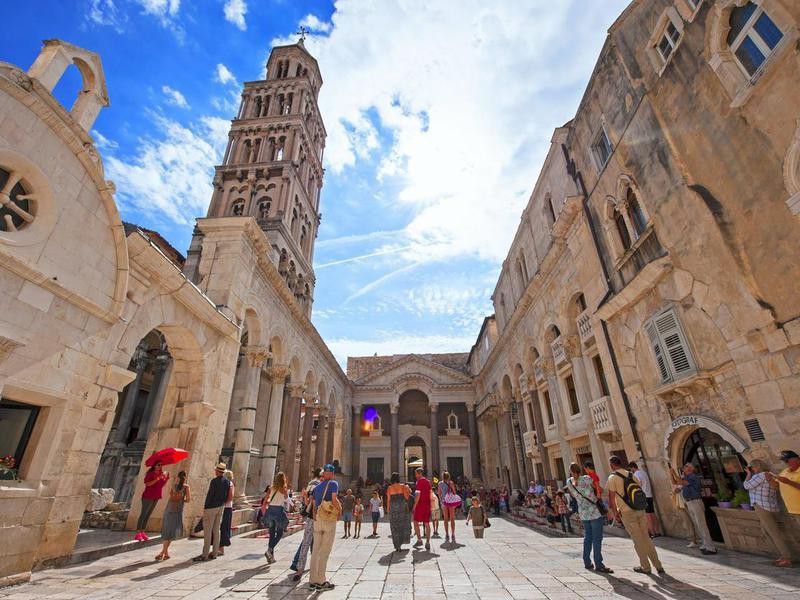 Split, Croatia - September 21, 2016: Tourist and locals walking on the Peristil of the Diocletian's palace
Split, Croatia - September 21, 2016: Tourist and locals walking on the Peristil of the Diocletian's palaceIt's a perfect balance of roaring international resort city in the summer and sleepy beach town in the winter, with a lush Mediterranean climate, friendly folks, and great history to boot. If you get tired of one lifestyle, another is only a couple of months away.
Las Terrenas, Dominican Republic

Monthly cost of living: $1,400
Though the DR has some of the grandest, most affordable oceanfront homes in the Caribbean, the real draw in Las Terrenas is the solid expat community.
Las Terrenas, Dominican Republic
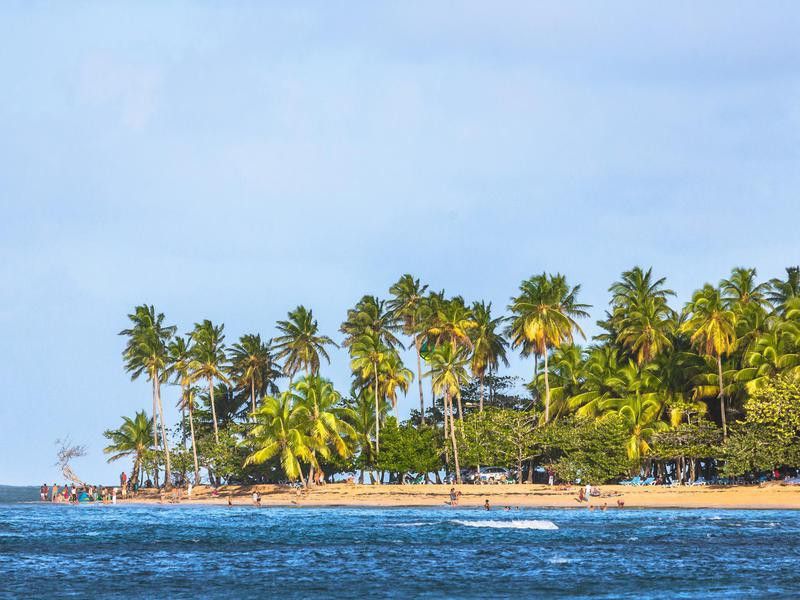
Thirty years ago Europeans knew it best as a popular vacation spot -- but they got hooked and stayed.
Las Terrenas, Dominican Republic

Once you've established residency, it's relatively simple to work, own a business, import a car (tax-free), and get citizenship.
Las Terrenas, Dominican Republic
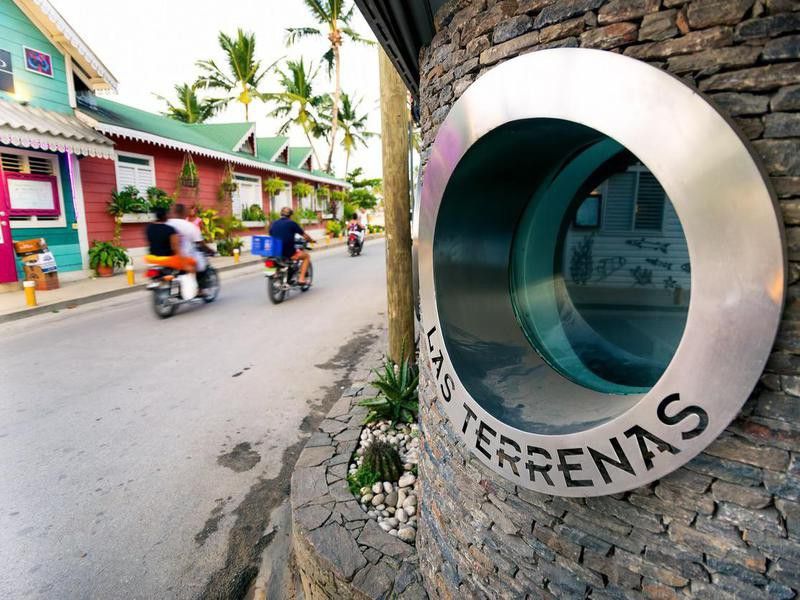 Las Terranes, Dominican Republic - September 17, 2014: Las Terrenas written under window and main street with motorbikes in motiocentertypical colorful houses as background.
Las Terranes, Dominican Republic - September 17, 2014: Las Terrenas written under window and main street with motorbikes in motiocentertypical colorful houses as background.You'll find yourself in good company with a diverse mix of people, and if you ever get homesick you're a two-hour flight from Miami.
San Pancho, Mexico

Monthly cost of living: $1,100
Almost any coastal community in Mexico is going to be blissful (Oaxaca, anyone?) -- and blissfully cheap. But San Pancho is something special.
San Pancho, Mexico
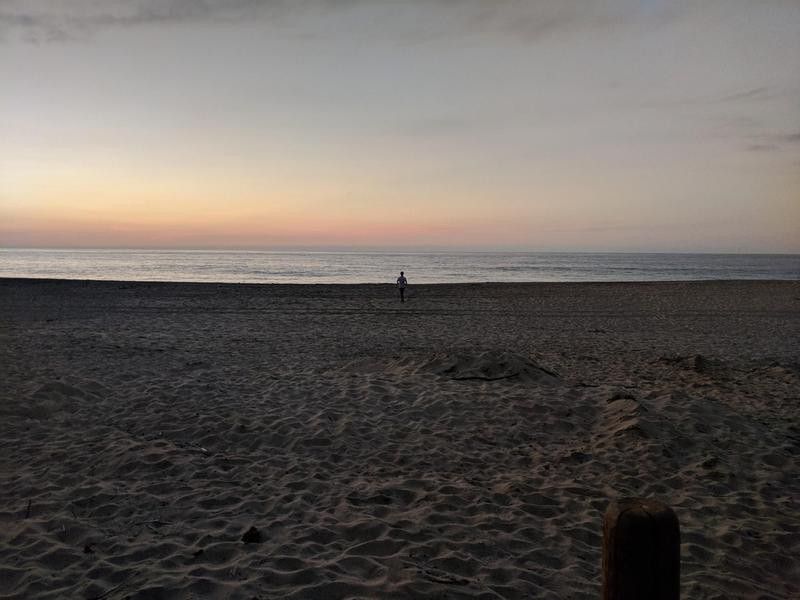
It has the feel of a California surf town, with towering cliffs, impressive waves, and a Downtown lined with restaurants serving up all things organic. The only difference: Dinner for two in said restaurants will only run you about $30 to $50 as opposed to triple digits in California.
San Pancho, Mexico
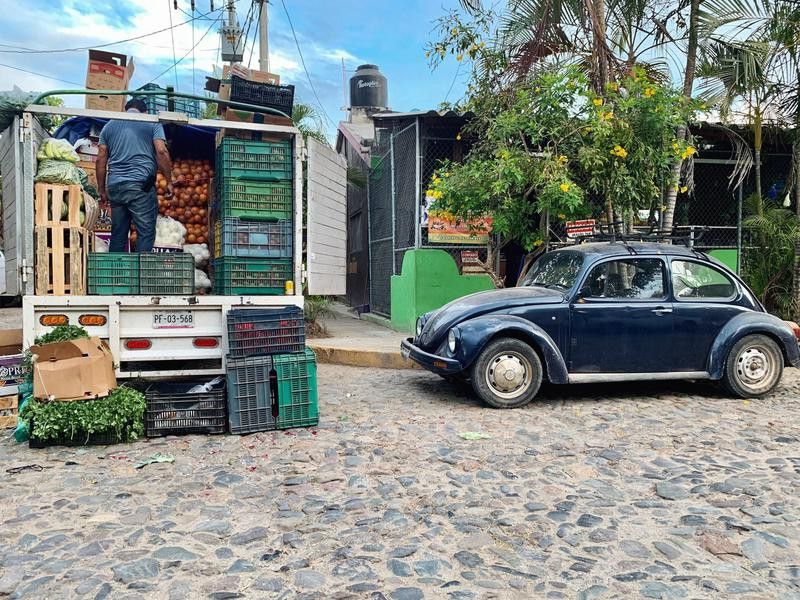
The city itself isn't big, but it sits smack in the center of Riviera Nayarit so you can hop through towns like Sayulita, San Blas, and the upscale Punta Mita with a short drive.
San Pancho, Mexico
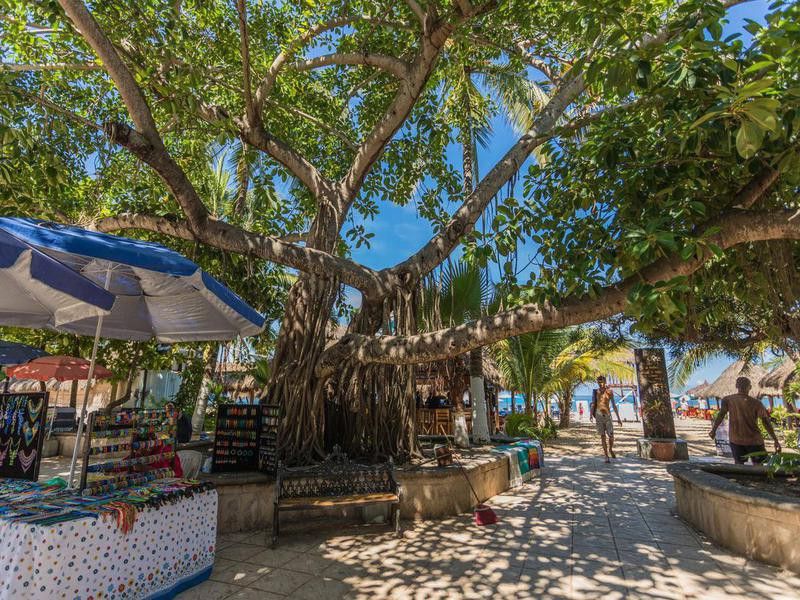
And if you get a hankering for the big city, Puerto Vallarta is less than an hour away. For a quiet, coastal expat life in Mexico, this little gem on the Pacific is tough to beat.
Koh Phi Phi, Thailand
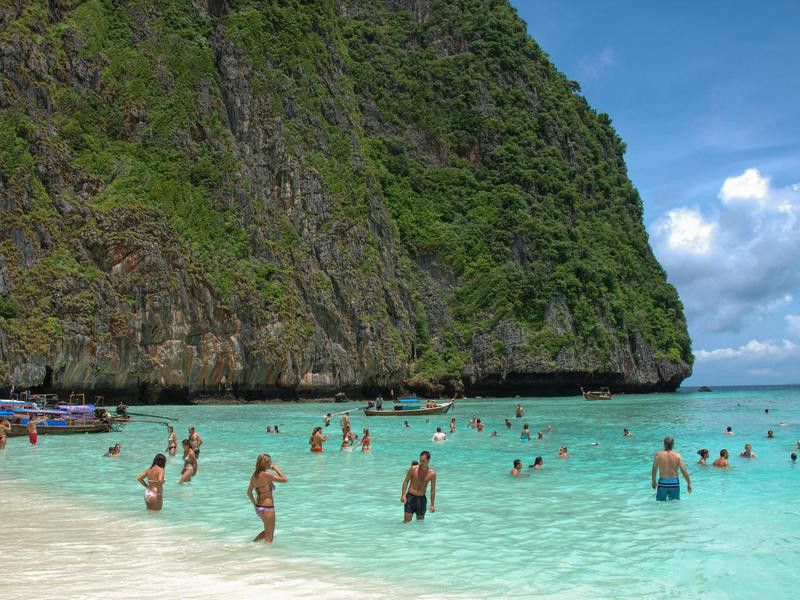
Monthly cost of living: $1,100 to $2,400
As one of the most underrated honeymoon destinations in the world, Koh Phi Phi island is one of those places where couples sit back on their last night of just-wedded bliss and say, "Why don't we just MOVE here?"
Koh Phi Phi, Thailand

Sure, they're joking, but why the heck not? If dropping your life back home isn't an issue, this little slice of paradise (The Beach was shot here) has beautiful apartments in new buildings overlooking the sea for about $720 a month. And that's on the high end.
Koh Phi Phi, Thailand

The nightlife can get raucous, with cheap drinks and loosely interpreted liability laws.
Koh Phi Phi, Thailand

For a quiet beach home, this might not be the move. But it's perfect for the young and free who enjoy interacting with travelers from all over the world, and doing it cheaply.
Granada, Nicaragua

Monthly cost of living: $1,200
Because Granada is one of the most painstakingly preserved Spanish Colonial towns in North America, it tends to draw a lot of history-inclined tourists.
Granada, Nicaragua
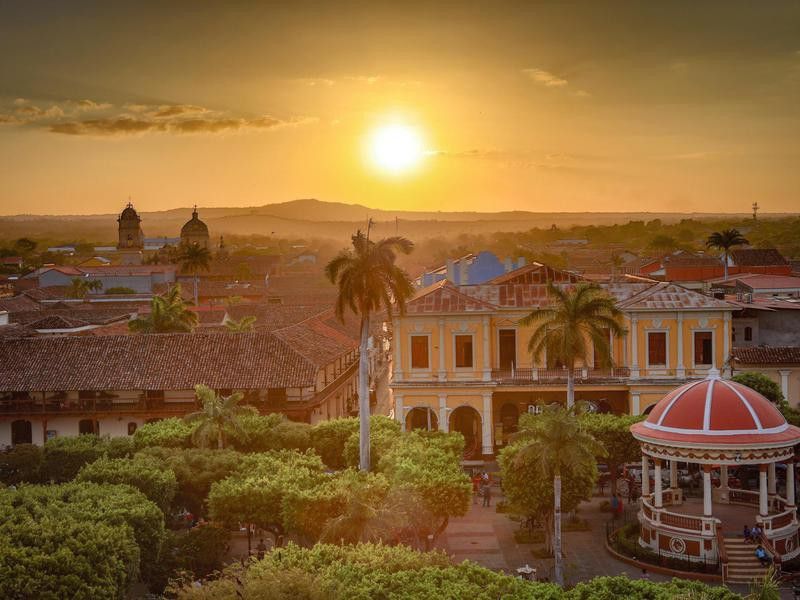
Those tourists bring with them a wealth of fancy restaurants, cool bars, and a sizable expat community that makes living here a little easier than in, say, Managua.
Granada, Nicaragua

The only thing that can cost a little extra is electricity, with an average bill just under $100 a month, if you're partial to air conditioning.
Granada, Nicaragua
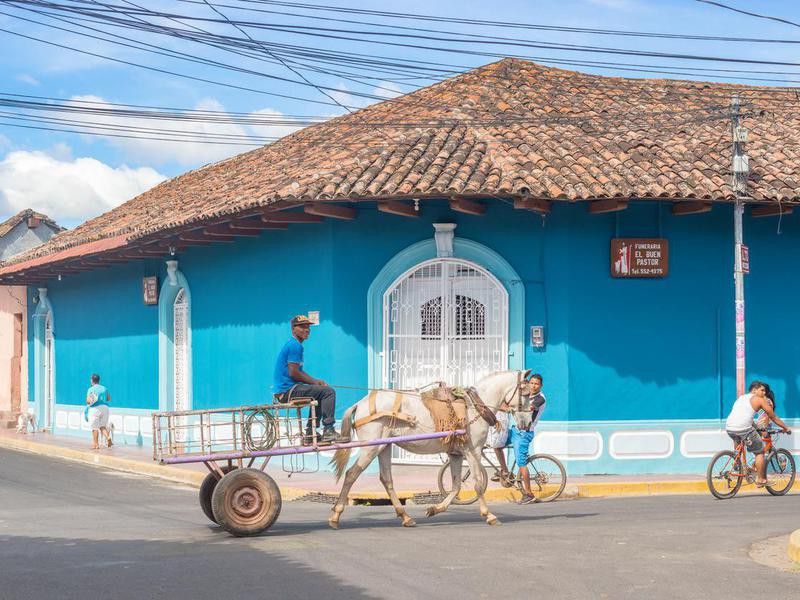
But when rent is less than $500 and you can get a pound of chicken for under $2, keeping your apartment ice cold doesn't seem like such a luxury.
Las Palmas, Gran Canaria, Spain
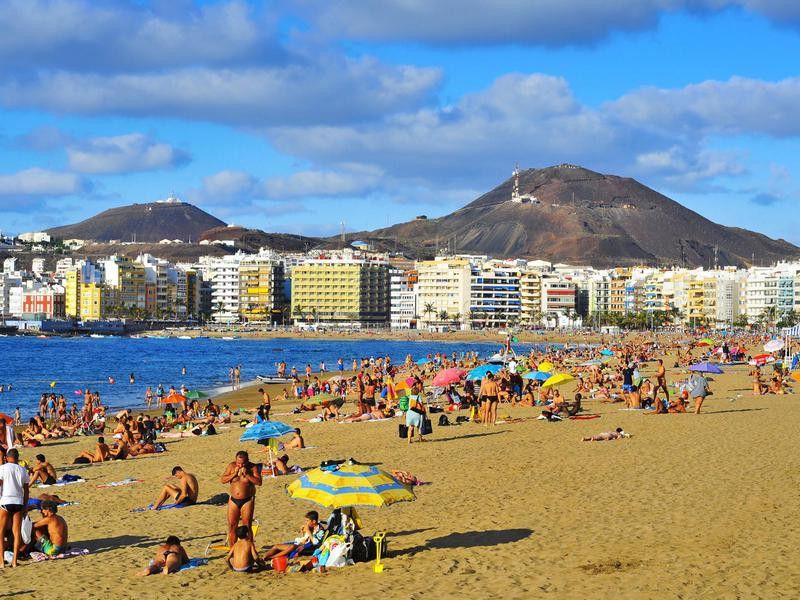
Monthly cost of living: $1,400
If you've ever visited Las Palmas, you might be surprised to see it on a list of affordable places to live. But like so many cities, visiting and living are two different animals.
Las Palmas, Gran Canaria, Spain
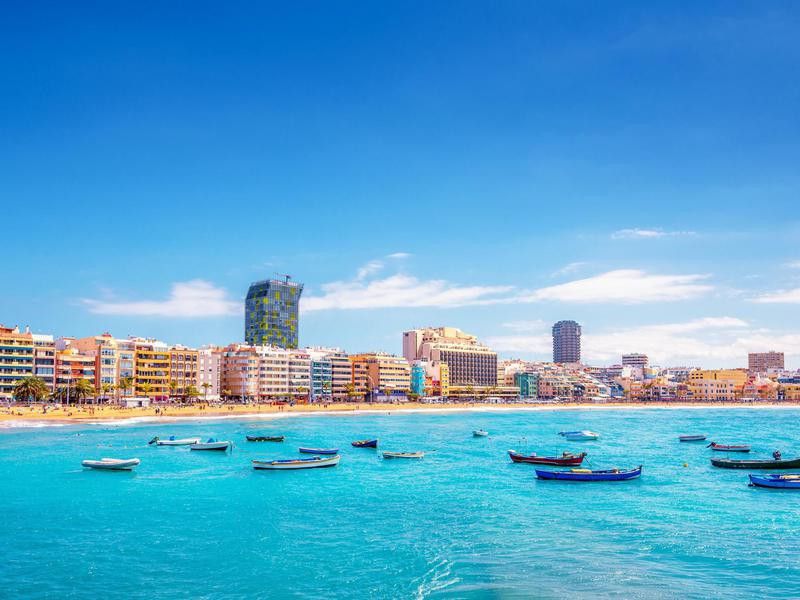
Rent for a place off the ocean runs only about $500 for one bedroom, $700 for three. The weather is some of the best in the world, with pretty much perpetual sun soaking the beaches along the coast.
Las Palmas, Gran Canaria, Spain

The city itself has a busy, urban feel, with quick escapes to beaches and the inland countryside and plenty of friendly, tolerant people to party with.
Las Palmas, Gran Canaria, Spain

For a city experience with easy access to nature, this is the best seaside option in Europe.
Roatán, Honduras
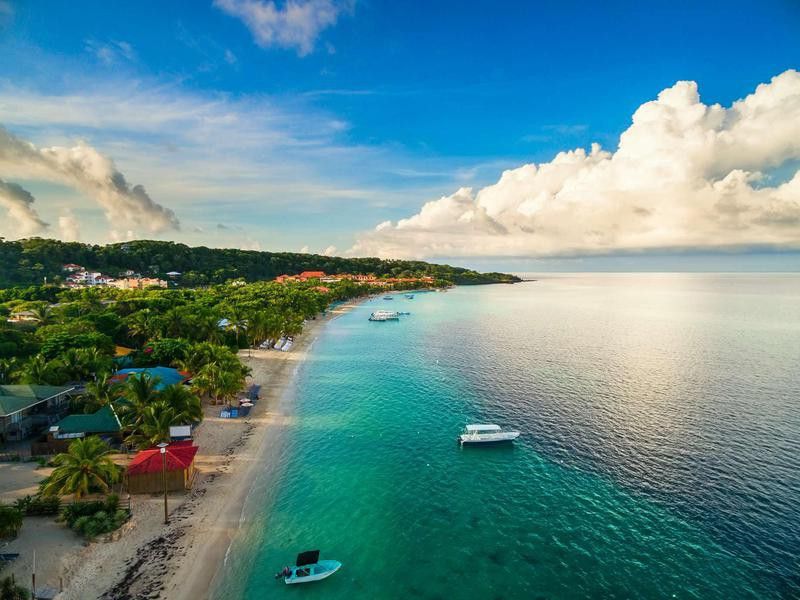
Monthly cost of living: $900
This Caribbean island 40 miles off the coast of Honduras with silky-sand beaches is similar to a scruffy Floridian beach town: one where everyone talks and dresses like pirates. Although it doesn’t really qualify as a city, the isle sports an international airport with direct flights from the US, and people flock to the area for its world-class diving and snorkeling.
Roatán, Honduras

Relaxed Roatán is the largest of Honduras’ three Bay Islands: 40 miles long and five miles at its widest, it’s surrounded by the Mesoamerican Barrier reef, the largest in the Caribbean Sea, which is the second-largest worldwide after Australia's Great Barrier Reef.
Roatán, Honduras

The place is an aquamarine dream: idyllic beaches teem with inviting accommodations, tempting beach bars, and magical snorkeling or dive spots. The interior is craggy mountains covered in jungle. Everything smells fertile.
Roatán, Honduras
 Palm trees and a stone wall line the beautiful sandy beach at Lighthouse Point near the Meridian Resort in Roatan, Honduras.
Palm trees and a stone wall line the beautiful sandy beach at Lighthouse Point near the Meridian Resort in Roatan, Honduras.And if you're looking for a good balance to your lifestyle, you can do it on the cheap: A pint costs $1.50 and fitness clubs are $45/month, if that's your thing.
Rio de Janeiro, Brazil

Monthly cost of living: $1,600
Despite being home to 14 million, Rio still embodies the beach life in a very real way. The gorgeous metropolis is encircled by soaring granite mountain pinnacles and enjoys 46 miles of oceanfront, but most visitors see only the famous four-mile crescent strip -- a sunbathing beachfront tripling as a volleyball training center and a thong runway.
Rio de Janeiro, Brazil

The national cocktail is a caipirinhas, an icy, lime and cachaça concoction that recalls collegiate grain-alcohol festiveness and costs less than $3. Bars proudly display cachaça bottles like honored soldiers.
Rio de Janeiro, Brazil
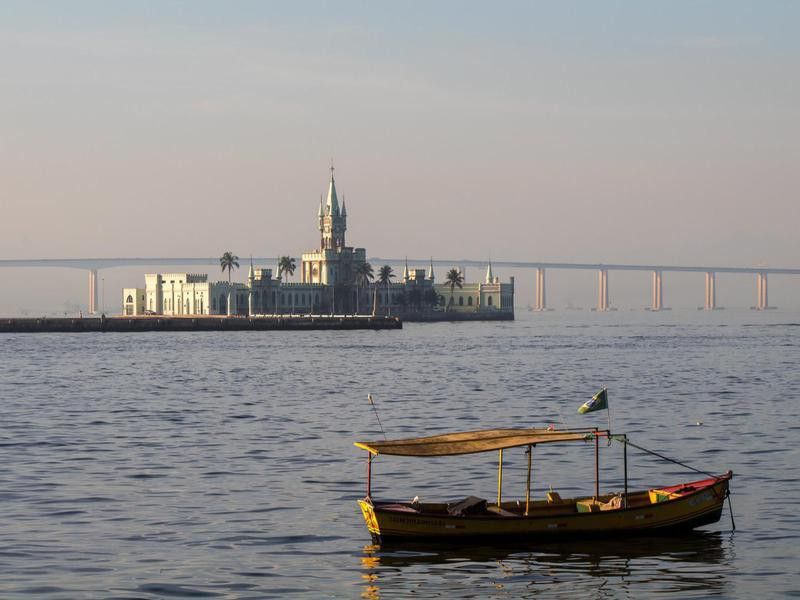
Copacabana, Rio’s most famous beach, fits into the typical beach resort zone calculus: every block away from the beach equals a 10% discount on everything as well as a 10% increase in unpredictability. Rio is not shy about its unbridled sexuality, PhD pickpockets, veteran beach bums, thumping nightclubs, and plentiful open-air corner snack shops/bars.
Rio de Janeiro, Brazil

Which is to say, this is a very popular city for expats, particularly people who waved goodbye to the American career hustle.
Saint George's, Grenada
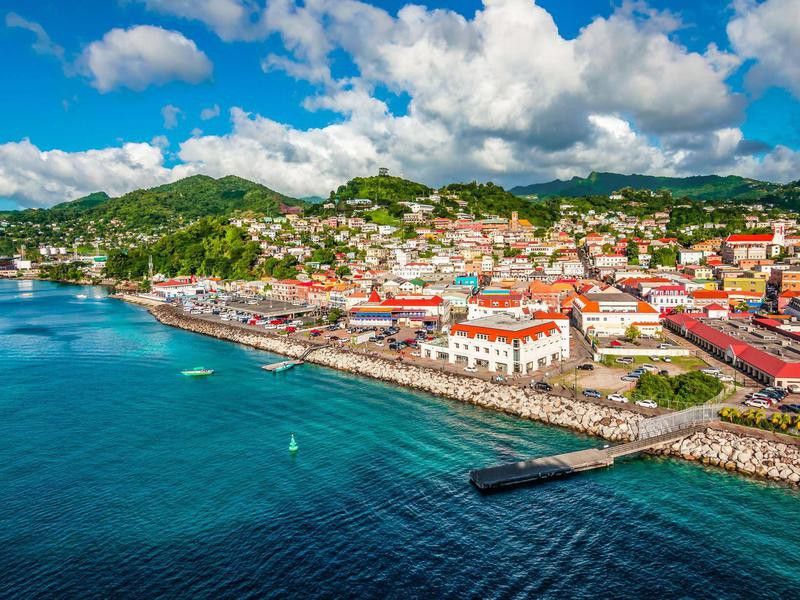
Monthly cost of living: $2,000
The antidote to the heartless cruise-ship ports and “all-exclusive” resorts that dominate the Caribbean, Grenada is where a bad attitude is considered an impairment.
Saint George's, Grenada
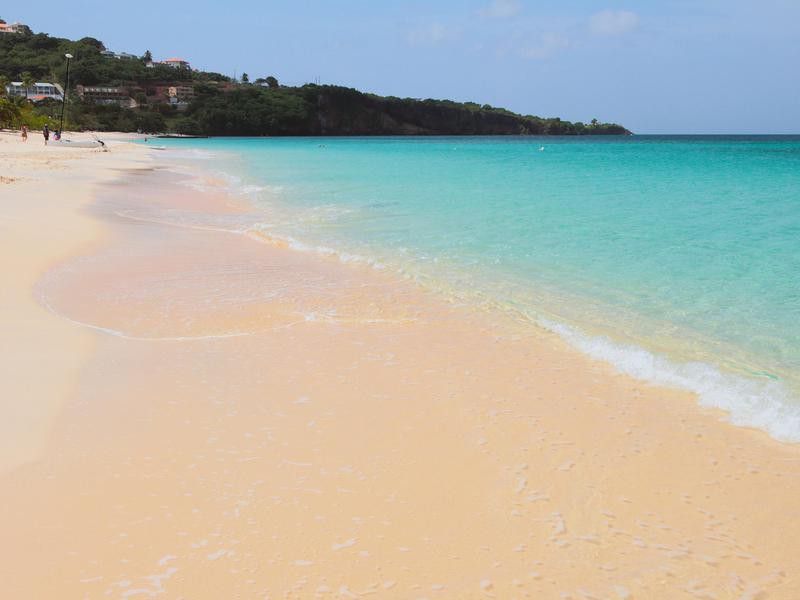
The so-called “Canada of the Caribbean," -- owing to the neutrality in regional politics -- Grenada only spans 21 by 12 miles if measured in straight lines, but there are months of discovering to be done along its shoreline and lush mountain interior of steep, curvy mountain roads roaming past waterfalls and plantations.
Saint George's, Grenada
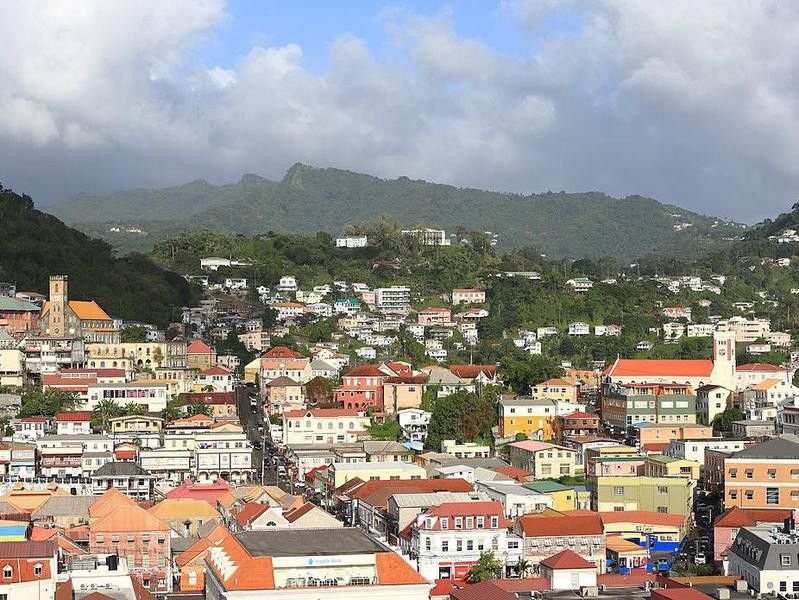
Nightlife? Live calypso bands and upbeat soca music. The hometown dish is a coconut-milk-oil grounded one-pot stew of breadfruit, cabbage, callaloo, dumplings, fish, okra, turmeric, and whatnot; the street version will set you back $2.
Saint George's, Grenada
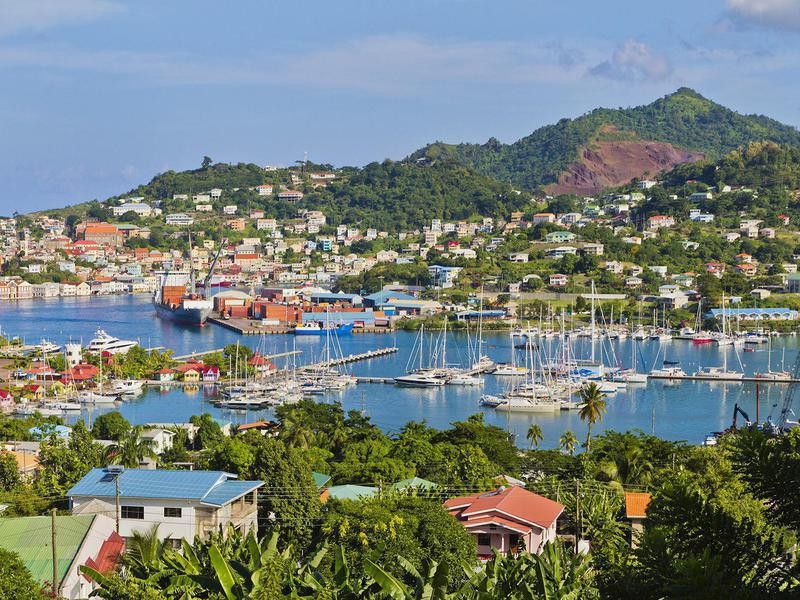
A buzzing traffic circle near Grand Anse Beach -- the island’s finest -- frames an improvised outdoor marketplace baptized as "Wall Street" because it’s bookended by banks. At night, vehicles blast music, starting parties where locals mingle, dance, buy open-air-grilled meat, and swill beverages peddled from ice chests in pickup beds. Follow the smell of barbecue or the call of steel drums and you’re all set. If you can’t smell or hear something delicious, jump on an incredibly cheap minibus till it happens.








